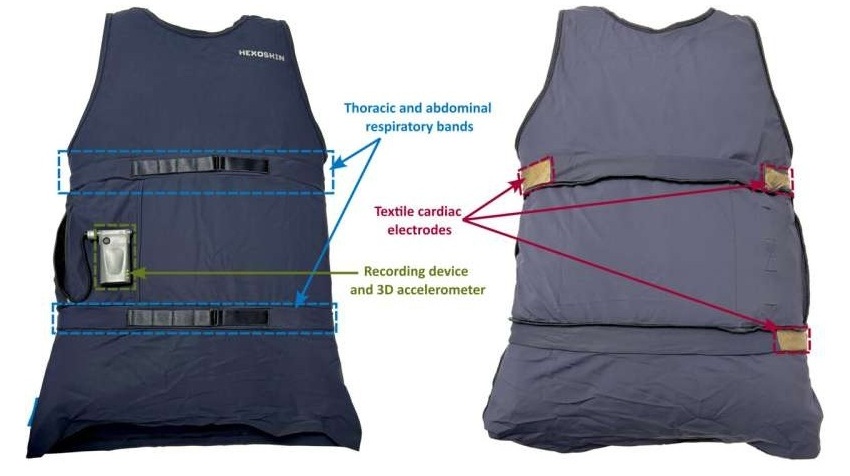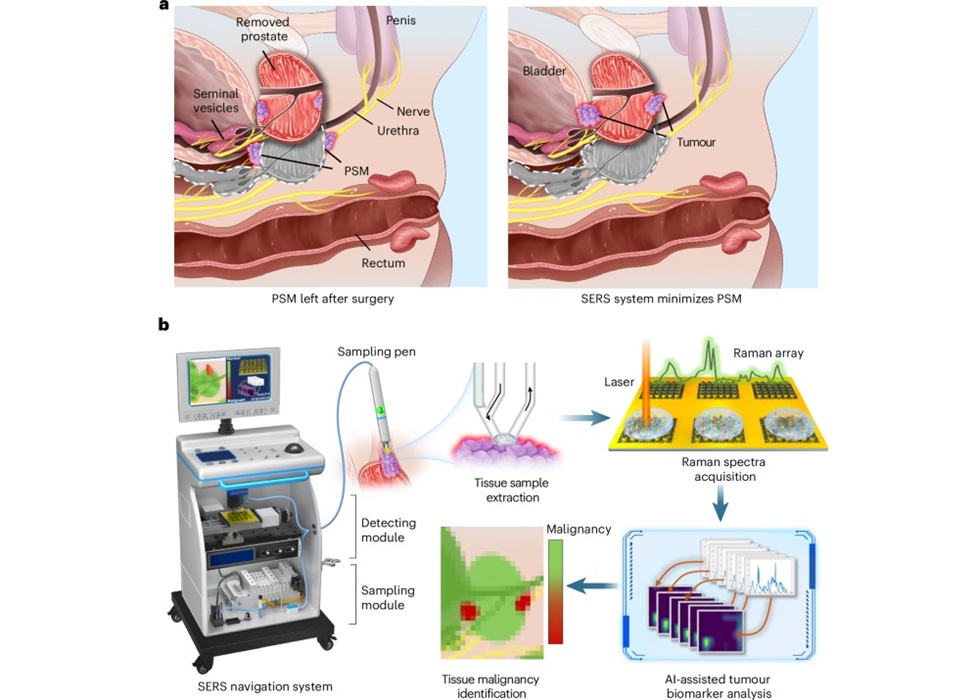Heart Rate Apps Show Inconsistent Results
|
By HospiMedica International staff writers Posted on 17 May 2017 |
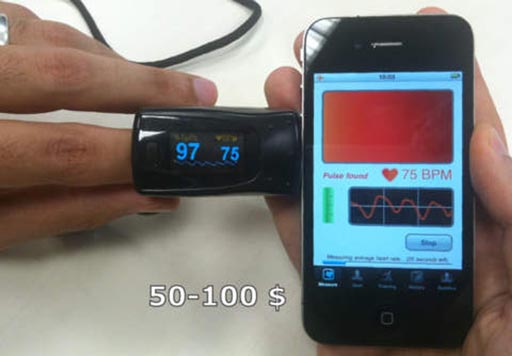
Image: The HF app compared to pulse oximetry results (Photo courtesy of Heart Fitness).
There is a huge variability among commercially available photoplethysmography (PPG) heart rate apps, even those using the same technology, according to a new study.
Researchers at Heart Clinic Zurich and University Hospital Zürich conducted a study to test the clinical diagnostic accuracy of four iPhone-based heart rate measuring apps that use the built-in camera and flash. These included the Instant Heart Rate (IHR) and Heart Fitness (HF) apps, which work via contact PPG, and the What’s My Heart Rate (WMH) and Cardio Version (CAR) apps, which are based on non-contact PPG. Measurements were compared to electrocardiogram (ECG) and pulse oximetry-derived heart rate.
In all, app-based PPG was performed on 108 randomly selected patients. The results showed substantial differences in accuracy between the four apps, with non-contact apps performing less well than contact apps, particularly at higher heart rates and lower body temperatures. The overall accuracy of PPG app-measured heart rate, reported as mean absolute error in beats per minute compared to ECG, was 2 for pulse oximetry, 4.5 for IHR, 2 for HF, 7.1 for WMH, and 8.1 for CAR. The study was published on May 2, 2017, in the European Journal of Preventive Cardiology.
“While it's easy to use the non-contact apps - you just look at your smartphone camera and it gives your heart rate - the number it gives is not as accurate as when you have contact with your smartphone by putting your fingertip on the camera,” said senior author cardiologist Christophe Wyss, MD, of Heart Clinic Zurich. “But the performance of the two contact apps was also different. The one contact app was excellent, performing almost like a medically approved pulse oximeter device, but the other app was not accurate, even though they use the same technology.”
“Heart rate apps come installed on many smartphones and once people see them it is human nature to use them and compare their results with others. The problem is that there is no law requiring validation of these apps, and therefore no way for consumers to know if the results are accurate,” concluded Dr. Wyss. “Consumers and interpreting physicians need to be aware that the differences between apps are huge and there are no criteria to assess them.”
As the heart pumps blood to the periphery a pressure pulse is created, which distends the arteries and arterioles in the subcutaneous tissue. The change in volume caused by the pressure pulse is detected by illuminating the skin with the light from a light-emitting diode (LED), and then measuring the amount of light either transmitted or reflected to a photodiode, generating a PPG.
Researchers at Heart Clinic Zurich and University Hospital Zürich conducted a study to test the clinical diagnostic accuracy of four iPhone-based heart rate measuring apps that use the built-in camera and flash. These included the Instant Heart Rate (IHR) and Heart Fitness (HF) apps, which work via contact PPG, and the What’s My Heart Rate (WMH) and Cardio Version (CAR) apps, which are based on non-contact PPG. Measurements were compared to electrocardiogram (ECG) and pulse oximetry-derived heart rate.
In all, app-based PPG was performed on 108 randomly selected patients. The results showed substantial differences in accuracy between the four apps, with non-contact apps performing less well than contact apps, particularly at higher heart rates and lower body temperatures. The overall accuracy of PPG app-measured heart rate, reported as mean absolute error in beats per minute compared to ECG, was 2 for pulse oximetry, 4.5 for IHR, 2 for HF, 7.1 for WMH, and 8.1 for CAR. The study was published on May 2, 2017, in the European Journal of Preventive Cardiology.
“While it's easy to use the non-contact apps - you just look at your smartphone camera and it gives your heart rate - the number it gives is not as accurate as when you have contact with your smartphone by putting your fingertip on the camera,” said senior author cardiologist Christophe Wyss, MD, of Heart Clinic Zurich. “But the performance of the two contact apps was also different. The one contact app was excellent, performing almost like a medically approved pulse oximeter device, but the other app was not accurate, even though they use the same technology.”
“Heart rate apps come installed on many smartphones and once people see them it is human nature to use them and compare their results with others. The problem is that there is no law requiring validation of these apps, and therefore no way for consumers to know if the results are accurate,” concluded Dr. Wyss. “Consumers and interpreting physicians need to be aware that the differences between apps are huge and there are no criteria to assess them.”
As the heart pumps blood to the periphery a pressure pulse is created, which distends the arteries and arterioles in the subcutaneous tissue. The change in volume caused by the pressure pulse is detected by illuminating the skin with the light from a light-emitting diode (LED), and then measuring the amount of light either transmitted or reflected to a photodiode, generating a PPG.
Channels
Critical Care
view channel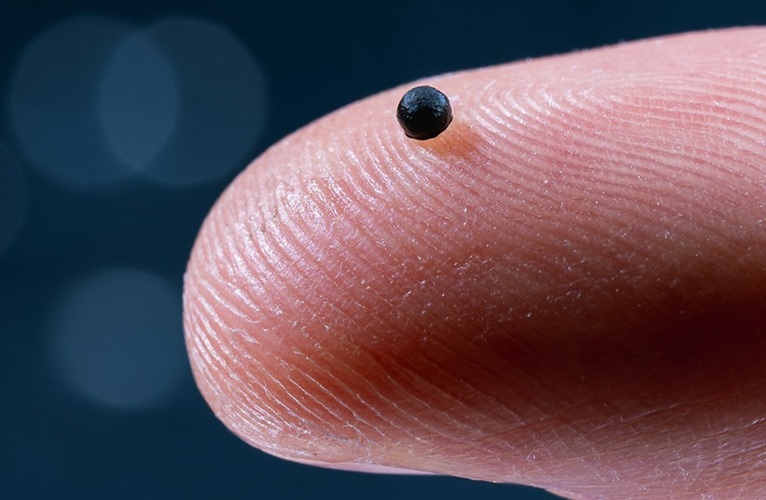
Magnetically Guided Microrobots to Enable Targeted Drug Delivery
Stroke affects 12 million people globally each year, often causing death or lasting disability. Current treatment relies on systemic administration of clot-dissolving drugs, which circulate throughout... Read more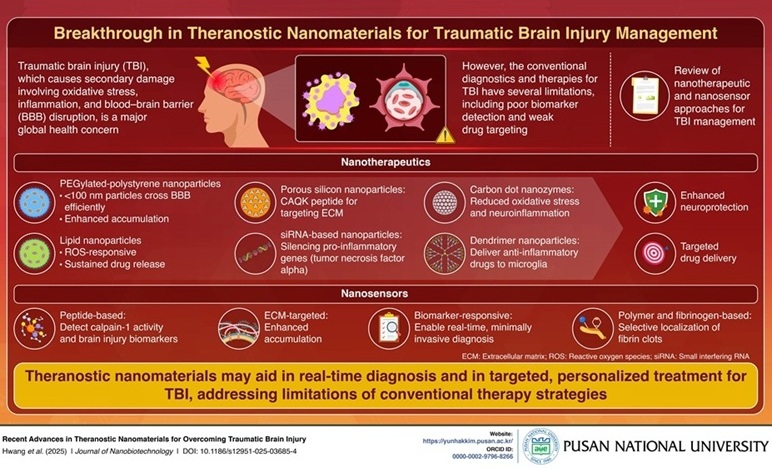
Smart Nanomaterials Detect and Treat Traumatic Brain Injuries Simultaneously
Traumatic brain injury (TBI) continues to leave millions with long-term disabilities every year. After a sudden impact from a fall, collision, or accident, the brain undergoes inflammation, oxidative stress,... Read more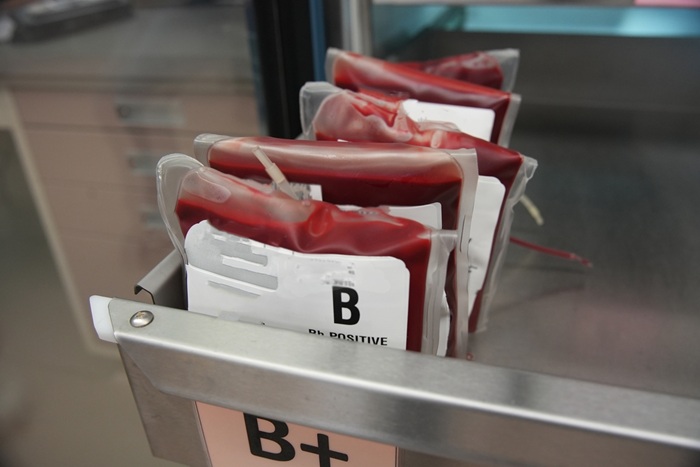
Earlier Blood Transfusion Could Reduce Heart Failure and Arrhythmia in Heart Disease Patients
Blood loss during or after surgery can place significant stress on people with heart disease, increasing the risk of dangerous complications. Transfusions are often delayed until hemoglobin levels fall... Read moreSurgical Techniques
view channel
New Study Findings Could Halve Number of Stent Procedures
When a coronary artery becomes acutely blocked during a heart attack, opening it immediately is essential to prevent irreversible damage. However, many patients also have other narrowed vessels that appear... Read more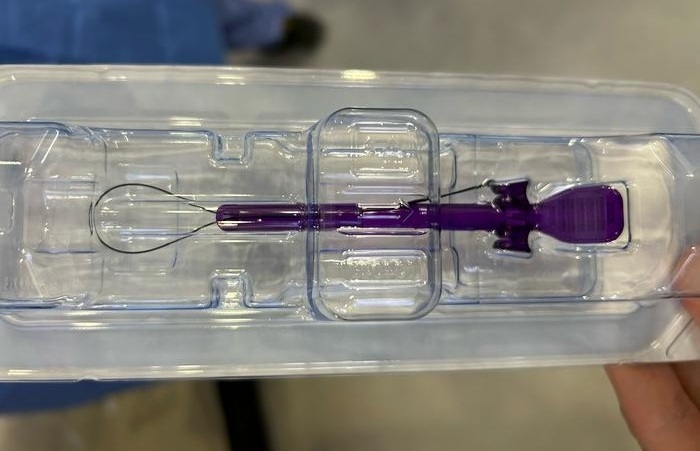
Breakthrough Surgical Device Redefines Hip Arthroscopy
Hip arthroscopy has surged in popularity, yet surgeons still face major mechanical constraints when navigating deep joint spaces through traditional cannulas. Limited tool mobility and the need for an... Read morePatient Care
view channel
Revolutionary Automatic IV-Line Flushing Device to Enhance Infusion Care
More than 80% of in-hospital patients receive intravenous (IV) therapy. Every dose of IV medicine delivered in a small volume (<250 mL) infusion bag should be followed by subsequent flushing to ensure... Read more
VR Training Tool Combats Contamination of Portable Medical Equipment
Healthcare-associated infections (HAIs) impact one in every 31 patients, cause nearly 100,000 deaths each year, and cost USD 28.4 billion in direct medical expenses. Notably, up to 75% of these infections... Read more
Portable Biosensor Platform to Reduce Hospital-Acquired Infections
Approximately 4 million patients in the European Union acquire healthcare-associated infections (HAIs) or nosocomial infections each year, with around 37,000 deaths directly resulting from these infections,... Read moreFirst-Of-Its-Kind Portable Germicidal Light Technology Disinfects High-Touch Clinical Surfaces in Seconds
Reducing healthcare-acquired infections (HAIs) remains a pressing issue within global healthcare systems. In the United States alone, 1.7 million patients contract HAIs annually, leading to approximately... Read moreBusiness
view channel
Philips and Masimo Partner to Advance Patient Monitoring Measurement Technologies
Royal Philips (Amsterdam, Netherlands) and Masimo (Irvine, California, USA) have renewed their multi-year strategic collaboration, combining Philips’ expertise in patient monitoring with Masimo’s noninvasive... Read more
B. Braun Acquires Digital Microsurgery Company True Digital Surgery
The high-end microsurgery market in neurosurgery, spine, and ENT is undergoing a significant transformation. Traditional analog microscopes are giving way to digital exoscopes, which provide improved visualization,... Read more
CMEF 2025 to Promote Holistic and High-Quality Development of Medical and Health Industry
The 92nd China International Medical Equipment Fair (CMEF 2025) Autumn Exhibition is scheduled to be held from September 26 to 29 at the China Import and Export Fair Complex (Canton Fair Complex) in Guangzhou.... Read more












